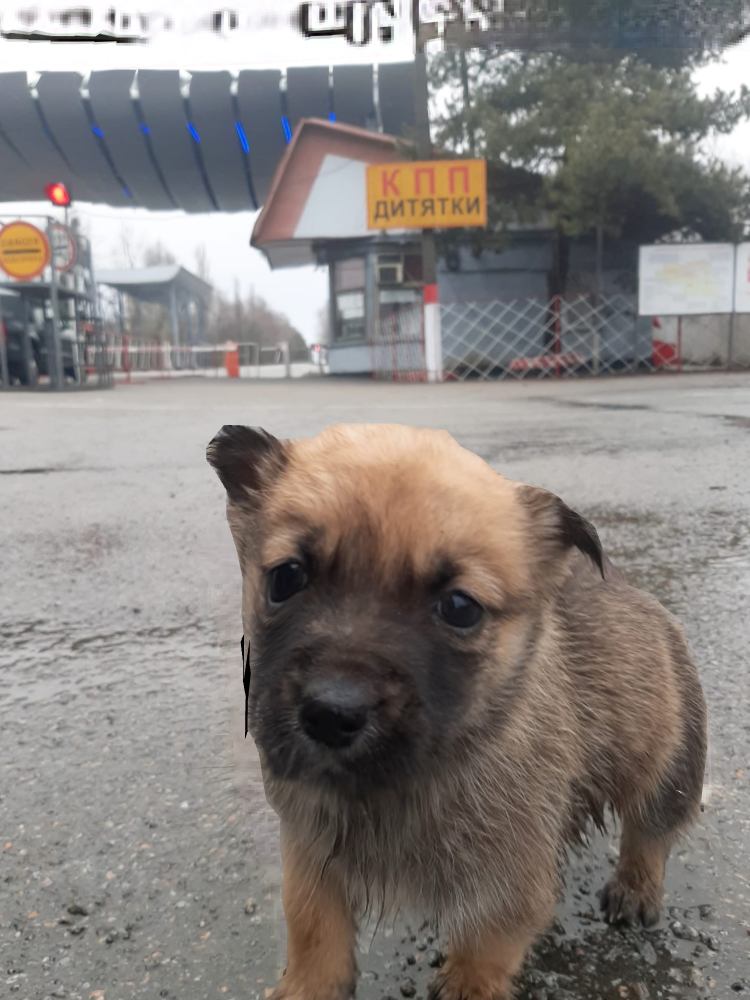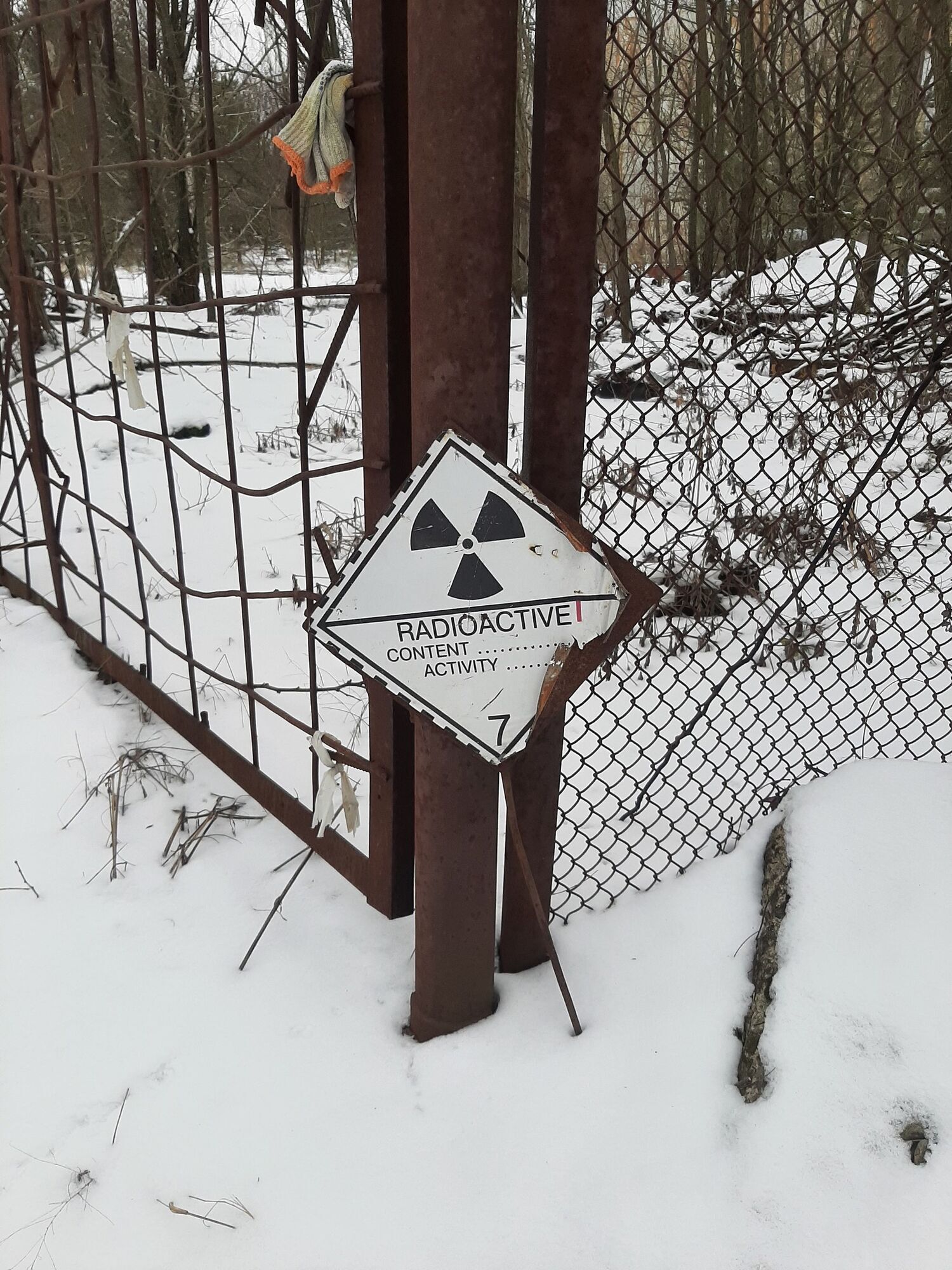Scientists have found out that dogs in Chornobyl mutated: what is happening

Scientists from the University of South Carolina and the National Human Genome Research Institute in the U.S. have investigated that dogs roaming the abandoned territory of the Chornobyl Nuclear Power Plant are genetically different from other individuals. It is believed to have been caused by radiation exposure.
The study is published in Science Advances. Scientists from the United States analyzed the blood of 302 dogs still living on the territory of the Chornobyl Nuclear Power Plant to study the consequences of the devastating explosion in 1986. They found that the dogs can be divided into three genetically similar groups.
Each of these groups lives either at the nuclear power plant itself, in Chornobyl, or Slavutych, a town located approximately 45 km from the Chornobyl NPP.
Read also: Scientists have named dog breeds that will not be able to survive if people disappear on Earth
The publication reminds that on April 26, 1986, a large-scale accident occurred at a nuclear power plant on the outskirts of Prypiat, during which one of the reactors caught fire and exploded, spreading radiation. More than 160,000 residents of the town and surrounding areas were evacuated. This region is called the "dead zone" because of significant radiation contamination.
However, many animals live in the Chornobyl NPP zone, forming a "radioactive wildlife reserve". Since these groups of animals exist at different distances from the explosion site, scientists were able to determine the dog's level of radiation exposure from its DNA.
They say the populations could increase "understanding the biological underpinnings of animal and, ultimately, human survival in regions of high and continuous environmental assault."
When scientists worked in the Chornobyl nuclear power plant zone between 2017 and 2019, they studied dogs that survived and began to reproduce. The scientists say that most of the dogs either lived at the abandoned station itself, at a nearby train station or in the largely abandoned Chornobyl town about 15 km from the plant.
The researchers also collected the DNA of about 200 free-breeding dogs from other parts of Ukraine and countries around the world. Through the comparison, they hope to investigate the effect of radioactive material on the DNA of Chornobyl dogs, or the lack thereof.
It is believed that some of these dogs may be descendants of pets left behind at the Chornobyl nuclear power plant by evacuees, but it is unclear how many populations remain or how diverse these populations are, and whether they differ from other wild dogs throughout Ukraine and neighboring countries.
"Before the effects of radiation on the whole genomes of this population can be isolated from other influencing factors, the demography and history of the population itself need to be understood," the scientists noted.
Large mammals such as dogs and horses are of particular interest, they say, because the impact on their health can shed light on what might happen when humans eventually return to the exclusion zone. Scientists estimate that more than 800 dogs live in and around Chornobyl, often fed by power plant workers who return to maintain the facility. They exist in three distinct populations, although this new analysis revealed a surprising amount of genetic overlap and family ties between them.
One population of dogs lives at the power plant itself, another in Chornobyl, and a third in Slavutych, where some workers of the power plant still live.
Over two years, CDRI veterinarians collected blood samples from 302 stray dogs in three populations, which were then analyzed by Gabriella Spatola, a doctoral student at the University of South Carolina. Thus, Spatola, Mousseau, and their colleagues identified three kinship groups among the Chornobyl dogs, with the largest of these covering all three geographic areas where samples were collected.







Based on their genetic relatedness, it appears that these dogs move between locations, live near each other, and breed freely.
"A history of admixture, indicating that dogs have existed in the Chernobyl region for a long period of time, potentially since the disaster, or even earlier," the study concluded.
Read also: 6 things a dog is trying to tell you with howling
The comparative analysis showed that Chornobyl dogs, are also genetically different from free-breeding dogs in Eastern Europe, Asia and the Middle East.
However, in some Chornobyl populations there have been some contributions of genetic material from modern dogs such as mastiffs. This may be because residents and their pets have begun moving back to Chornobyl, researchers suspect.
Next, the scientists want to conduct broader studies to find "critical genetic variants that have accumulated for more than 30 years in this hostile, contaminated environment."
Recall, experts from the American Chemical Society explained why dogs shouldn't eat chocolate.
If you want to receive the latest news about the war and events in Ukraine, subscribe to our Telegram channel!
